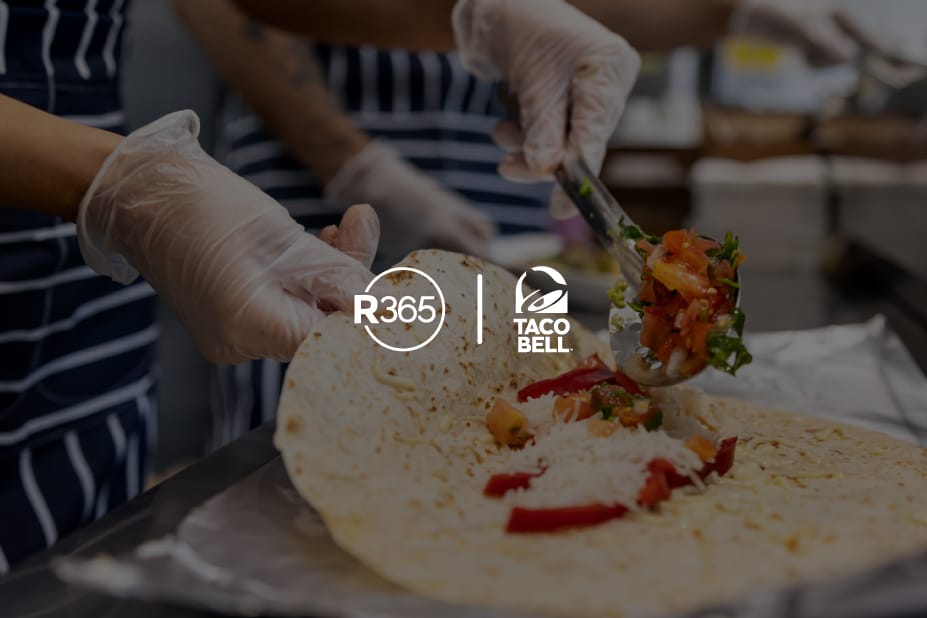Some are predicting a potential boom in the restaurant industry in the post-pandemic era. Consumers are ready to return to restaurants, and companies are innovating with new business models and new locations.
However, if there’s one thing that will have a huge effect on all future business trends, it is new labor wage laws.
The Fair Labor Standard Act (FLSA) sets the federal minimum wage, as well as the regulations around overtime pay, labor rules for minors, and payroll recordkeeping. The federal minimum wage has remained at $7.25 since July 2009. However, there may be potential legislative changes to the federal minimum wage with a new presidential administration. Additionally, states and municipalities can enact their own set of laws to implement a higher minimum wage than the federal level.California, for example, has the highest minimum wage at $14.00, but this only applies to businesses with 26 or more employees. Washington state has the highest minimum wage for all employers at $13.69. The city of Emeryville, California has the highest minimum wage of any city in the U.S. at $16.84 per hour, with Seattle close behind at $16.69.
According to payroll experts, half of the states in the US will see minimum wage increases in 2021. Twenty five states will raise the minimum wage during the year, while 21 of these states implemented the increase on January 1, 2021.Some of these states are part of a previously passed incremental increase to a specific living wage amount. Other increases come from a regular cost-of-living adjustment. Payroll experts predict the greatest impact for businesses will be in California, Washington, and Florida.
If you’re a restaurant owner or operator, COVID-19 brought tough challenges for your business in 2020. However, as you plan for the future, you also need to prepare for how rising minimum wages will impact restaurant labor costs this year. As wages rise, it’s time to examine how to optimize your restaurant labor cost at all of your restaurant locations.
How to calculate labor cost
Your labor cost is one of your biggest expenses, but it can be difficult to track, since sales and labor needs may fluctuate by the day, week, and quarter. Here are the basics to know for tracking labor.
Calculating Labor Cost Percentage
Looking at the cost of labor as a percentage of sales shows how your employee labor hours are matching with customer demand (sales). Calculate your restaurant labor cost and sales for a specific period of time with the following restaurant labor cost formula:
Total Labor Cost / Total Sales = Labor cost as a percentage of total sales
This includes your fully burdened labor restaurant cost (wages, payroll taxes, and benefits for that time period) divided by your revenue (the sales before taxes or other deductions) pulled from your point of sale (POS) system.
Labor cost percentage is a helpful metric for tracking how much you are spending on labor to produce revenue. Guidelines for the industry average labor cost percentage vary, depending on your industry segment and other details about your business model. On average, restaurants will aim for labor cost percentage to fall between 25-35% of sales. However, that number can range, with quick service restaurants on the low end and fine dining establishments on the high end. (Compare your labor cost percentage with the industry standard in this handy labor cost calculator.)
It is beneficial to understand your restaurant labor cost percentage as a guideline, but it isn’t a black and white calculation. What’s most important is that you are implementing improvements for your own percentage over time, while maintaining your standards of customer service.
What labor metrics should I be tracking?
Labor as a percentage of sales is a broad number that pulls from your entire payroll and all service shifts. It doesn’t provide everything you need to know to make deeper decisions.
A high labor cost may be the result of many different factors, and just cutting hours or wages may not be adequate to address underlying problems. You may know there is an issue, but you won’t know exactly how to fix it. So it is important to use your restaurant operations reporting software to understand what is happening to cause your labor numbers.
There are a few ways to control labor costs by better dissecting the expense on a more granular level.
Customers Served or Sales Per Labor Hour and Day Part
Tracking your sales per labor hour (SPLH) maps your labor hours alongside the sales or customers served for every hour. Breaking up your SPLH by day part helps you analyze which service periods are the most productive.
You need to find the optimum level for your restaurant, and that may shift per day part. For example, dinner, with multiple courses and drinks, may require a different SPLH than a quick-turnaround breakfast menu.
You can also use this metric to spot possible restaurant scheduling or shift management issues. If your SPLH is quitehigh, that may indicate understaffing that results in a poor customer service experience. If it is low, it may be an overstaffing issue.
Labor Cost Per Staff Role
You may also consider splitting up your labor cost by staff roles to get a more detailed look at how to control your labor costs. You can categorize by hourly or salaried pay, or front-of-house staff versus back-of-house staff and management, to see the detailed picture. When you analyze different teams, you are able to create customized strategies for optimizing your labor cost in each part of your restaurant.
8 tips to optimize labor costs
To prepare for the impact of minimum wage increases, it’s essential to streamline your labor costs. Consider implementing these best practices to optimize restaurant labor cost while ensuring you maintain a great customer experience.
1. Forecast to Optimize Labor Cost
One essential tool for controlling labor costs is using sales forecasting, pulling historical sales information from your POS to help you project your sales and demand in comparable time periods. When used with restaurant scheduling, forecasting allows you to make a schedule based on data, not just “manager’s gut.”
2. Use Data to Drive Labor Decisions
After you forecast your labor needs, another powerful tool for controlling labor costs is consistent, real-time analysis. You should be monitoring your labor frequently to address real-time labor issues. Checking labor merely on a monthly or quarterly basis allows for costly overruns that add up over time.
Manage your restaurant labor cost in real-time using data. For instance, if you know your SPLH goals and your current labor costs, you can arm your store-level managers with up-to-date data from your POS so they can make informed decisions about breaks, cuts, and call ins.
3. Schedule Employees According to Their Strengths
Your most effective employees are essential for making the most out of your labor budget. Strategically schedule your high-value employees to leverage the strengths they bring to the team. For instance, you can schedule your most efficient staff to close, cutting your other staff earlier in the evening if possible. You can also schedule your servers with the highest average sales during the peak sales times, to increase your revenue and therefore improve your labor margins.
4. Create Effective Scheduling Strategies
If you are tracking your detailed labor metrics, you understand which areas of your labor are contributing the most to your total labor cost. Leverage this information by scheduling the different areas of your restaurant separately. Applying tools like smart employee scheduling based on SPLH percentage goals to your management, FOH, and BOH teams individually helps you optimize each part of your labor cost.
5. Familiarize Yourself with Labor Laws
You need to understand how to control labor cost while also obeying wage and labor laws that vary between states and cities. Especially if you are a multi-unit operator with locations in multiple states or municipalities, this can be a challenge. Ensure your payroll and management teams understand what laws may apply, including leveraging restaurant scheduling software to consider predictable scheduling laws, split shift penalties, and minor restrictions when scheduling employees.
6. Cross-train Employees
The more flexible your team, the more efficient your labor. Can your host bus tables after the evening’s reservations wind down? Can your server work as a bartender on the slow lunch shift? If you can train your staff to fill in gaps as needed, you are making the most efficient use of your labor and optimizing labor costs.
7. Streamline Processes
A restaurant has many moving pieces, which means there is always room for improvement. Reviewing even your smallest processes can provide labor efficiencies. This may cover everything from streamlining your menu so your BOH can be more efficient to changing the service well so servers can take care of tables faster. If you aren’t sure where to start, consider brainstorming with your staff to understand where they see possible improvements.
8. Hire the Right Employees
Finally, to cut down on the cost of a high turnover, evaluate your hiring process. You want to find the right people for the role, and that requires implementing the hiring and recruiting practices to retain restaurant employees. Focus on finding the right fit for your restaurant by using practices such as behavioral-based interview questions and transparency in your job expectations.
Conclusion
Optimizing your restaurant labor cost, while delivering a great customer experience, is key to maintain your financial health. As minimum wages increase and challenges from the pandemic continue to impact the restaurant industry, it is more important than ever to monitor your labor strategy.
If you’d like to give your managers the tools they need to track and optimize labor costs, consider an all-in-one restaurant management system, now with the new Smart Ops Release. Restaurant365 incorporates restaurant accounting software, restaurant operations software, inventory management software, payroll + HR software, and scheduling software into a cloud-based platform that’s fully integrated with your POS system, as well as to your food and beverage vendors, and bank. Ask for a free demo of R365’s Smart Ops Release today.



